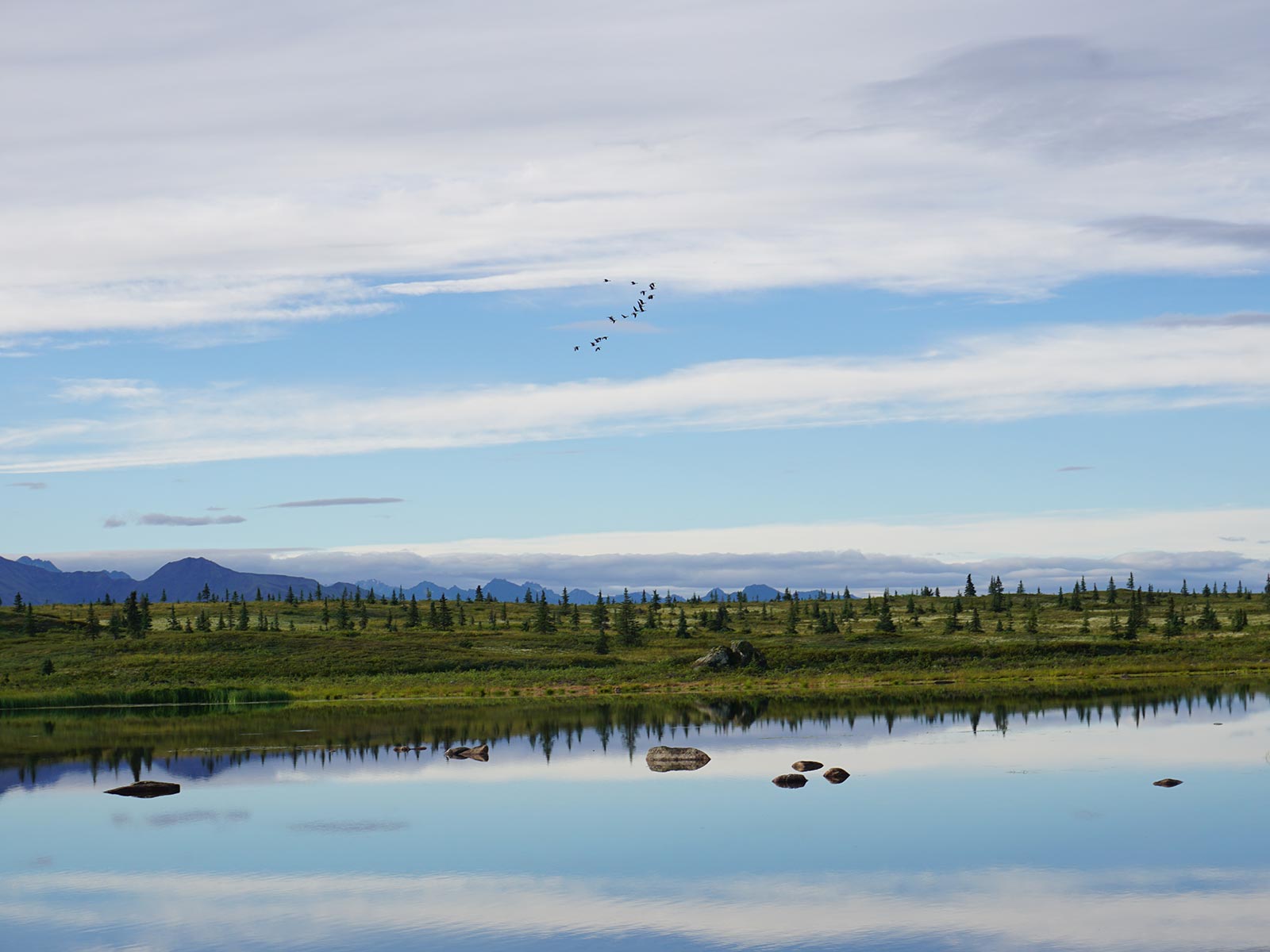Photo Credit: Nature Conservancy of Canada
Wunambal Gaambera Healthy Country Plan
Wunambal Gaambera Healthy Country Plan
Indigenous people returning to their country have begun to reconnect and invigorate culture
By Ian Dutton
The 2015 mid-term evaluation of the Wunambal Gaambera Healthy Country Plan noted after only five years, measurable progress on several key strategies of the plan, including “right way fire”, which has carbon reduction, ecological and cultural benefits. Equally impressive has been the rapid development of natural resource management capacity through the Indigenous Ranger program and their work with local community members to renew traditional stewardship practices and knowledge.
Something quite remarkable on a global scale is happening on Wunambal Gaambera country, Indigenous people are returning to their country and have begun to reconnect and invigorate culture and ecological health.
Ian Dutton

Photo Credit: John Morrison
After two centuries of disruption, Wunambal Gaambera traditional owners have begun to once again establish land and water management regimes that reflect 50,000 years of indigenous knowledge and are successfully using that knowledge to address modern threats such as climate change and invasive plant and animal species. This example, and dozens like it now emerging in Australia and elsewhere around the Pacific Rim (Pew Canada), provide impact investors with a clear vision of what is possible, and how to work with indigenous communities in order to achieve the many social and environmental outcomes that new forms of financial investment in indigenous land and water stewardship can help secure.
For further information, see the Wunambal Gaambera Healthy Country Plan – looking After Wunambal Gaambera Country, Wunambal Gaambera Healthy Country Plan (Moorcroft 2015), plus the documents below.
Download document(s)
Wunambal Gaambera Mid-term Evaluation Report to UMEC (2015) – PDF
Wunambal Gaambera Mid-term Evaluation: External Perspectives (Dutton 2015) – PDF
The Uunguu Monitoring and Evaluation Committee: Intercultural Governance of a Land and Sea Management Programme in the Kimberley, Australia – PDF
Download CS
The Conservation Standards is the product of inputs, field tests, and discussions among members of the Conservation Measures Partnership (CMP), which has final editorial authority over the Conservation Standards. Substantial input was also provided by members of the Conservation Coaches Network (CCNet) and other CMP partners.
Photo Credit: Felix Cybulla
Support CS
The biodiversity conservation community is tackling large, complex, and urgent environmental problems where the stakes are high. However, we don’t have a fully functional system to assess the effectiveness of our actions. Without more rigorous measurement of effectiveness and disciplined recording of our efforts, we cannot know or demonstrate that we are achieving desired results.
Photo Credit: Felix Cybulla
Our Collaborators
Every organization, agency, project, and individual has its own preferred set of terms. There is no right answer – the most important thing is that the members of your project team and the people with whom you work have a clear and common understanding of whatever terms you choose to use.
Photo Credit: Chris Scarffe
Contact Us
To inquire about supporting Conservation Standards (CS) or for general inquiries, please contact us at CMPinfo@ConservationMeasures.org
Photo Credit: Nature Conservancy of Canada
